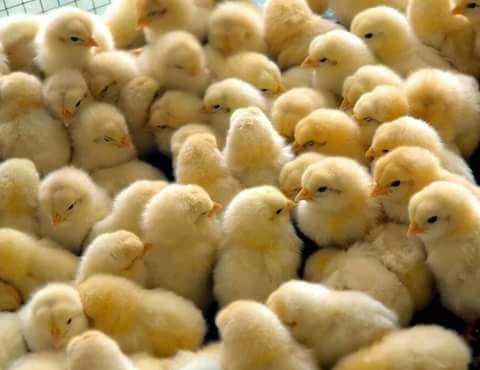There are 5 very important aspects that should be considered in animal breeding:
- Most importantly, obviously for selective breeding to be successful it is essential that the trait (e.g. running speed or milk production or coat colour) under selection is heritable.
- That animals have different genetic backgrounds so that selection is possible.
- The direction of selection is defined by humans and they decide which animals are allowed to mate and produce members of the next generation.
- Success of animal breeding can be judged by looking at a shift in population average phenotype from one generation to the next. So animal breeding works at population level, not automatically at individual level.
- Success of animal breeding can be measured as the cumulative result of multiple generations of selection. Breeding decisions are made with the future in mind.
Definitions
A trait is “a distinguishing phenotypic characteristic, typically belonging to an individual”. In practice this means anything you can record or measure on an individual.
A phenotype is that what you observe or measure on the animal for a certain trait. It can depend both on the genetic background of the animal (provided it is heritable) and external circumstances such as level of nutrition
Heritable traits
Being able to predict the success of animal breeding relies on one very important factor that we still need to discuss: why does performance in offspring resemble that of the parents? Selective breeding will only be successful in case the trait under selection is heritable. Because only a fraction of the animals is selected for breeding, so is allowed to produce offspring, and because the trait is heritable, the performance in the offspring will resemble that of the parents. Therefore only the best parents are used for breeding and the average of the next generation will be better than that of the current. A trait is heritable if the performance for that trait, at least in part, depends on the genetic make-up (DNA) of an animal. Differences in performance between animals can (partly) be explained by genetic differences between animals. More details on what this heritability involves will follow later in this book.
The scope of this book and this chapter
In summary,
animal breeding relates to intentional selection by humans based on animal performance in a certain environment for predefined and heritable traits. In most practical animal breeding schemes selection will be on more than one trait simultaneously.
The animals that are superior in this combination of traits will be selected as breeding animals.
In general this combination of traits will consist of traits related to performance (e.g. milk production, number of eggs, growth, sport performance), health, and reproduction. The theory behind selection for a combination of traits easily becomes very complicated. In this book we, therefore, explain the theory behind animal breeding using single trait selection. In the rest of this chapter we will give you a brief history of animal breeding, starting from scratch (so from domestication). You will see that developments in animal breeding have gone hand in hand with developments in society. Then we will look into the current situation and main challenges. And we will also try to peek into the future: what are the expected developments in society and how will that influence animal breeding decisions? But first we will look back at how it all started: with domestication.





